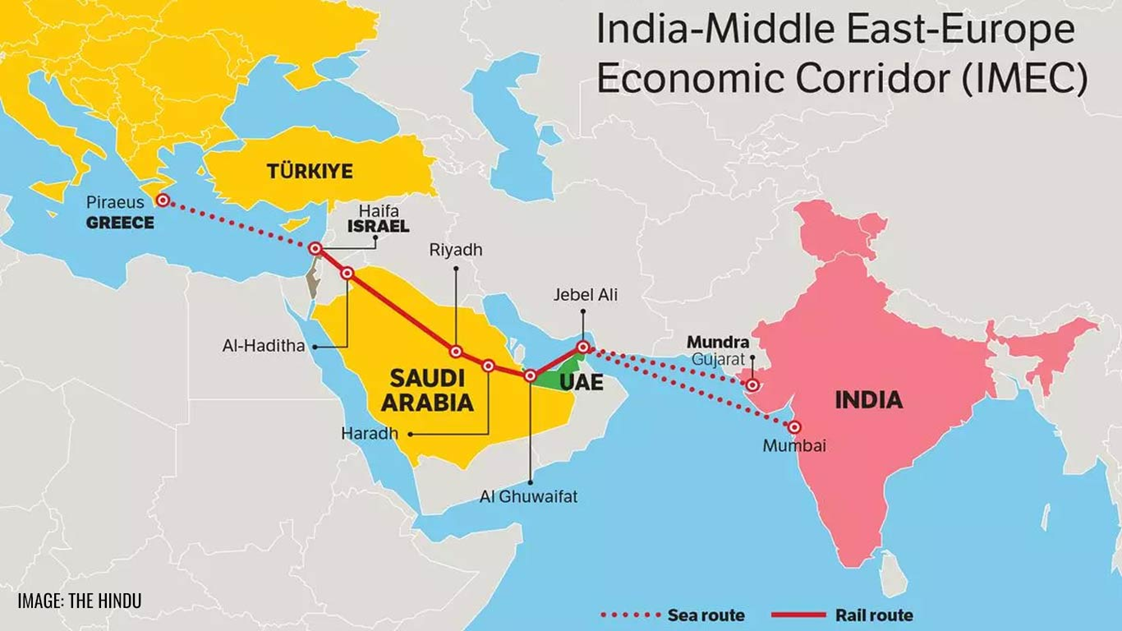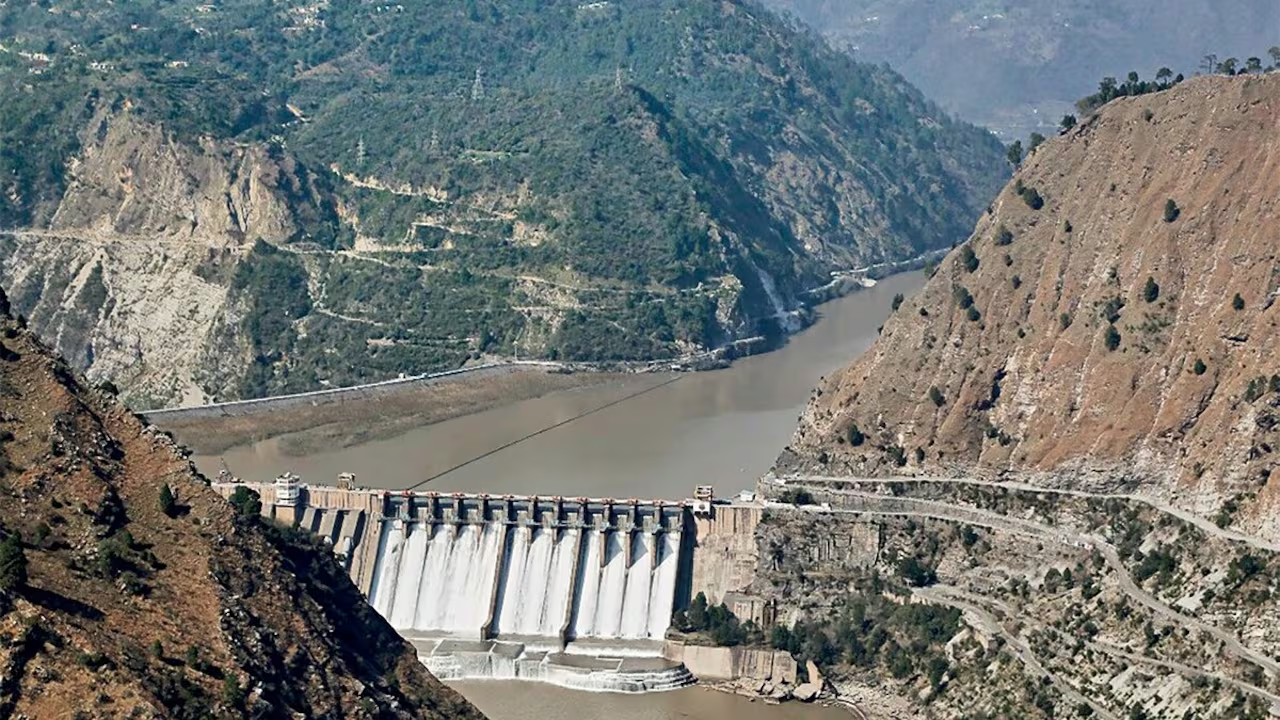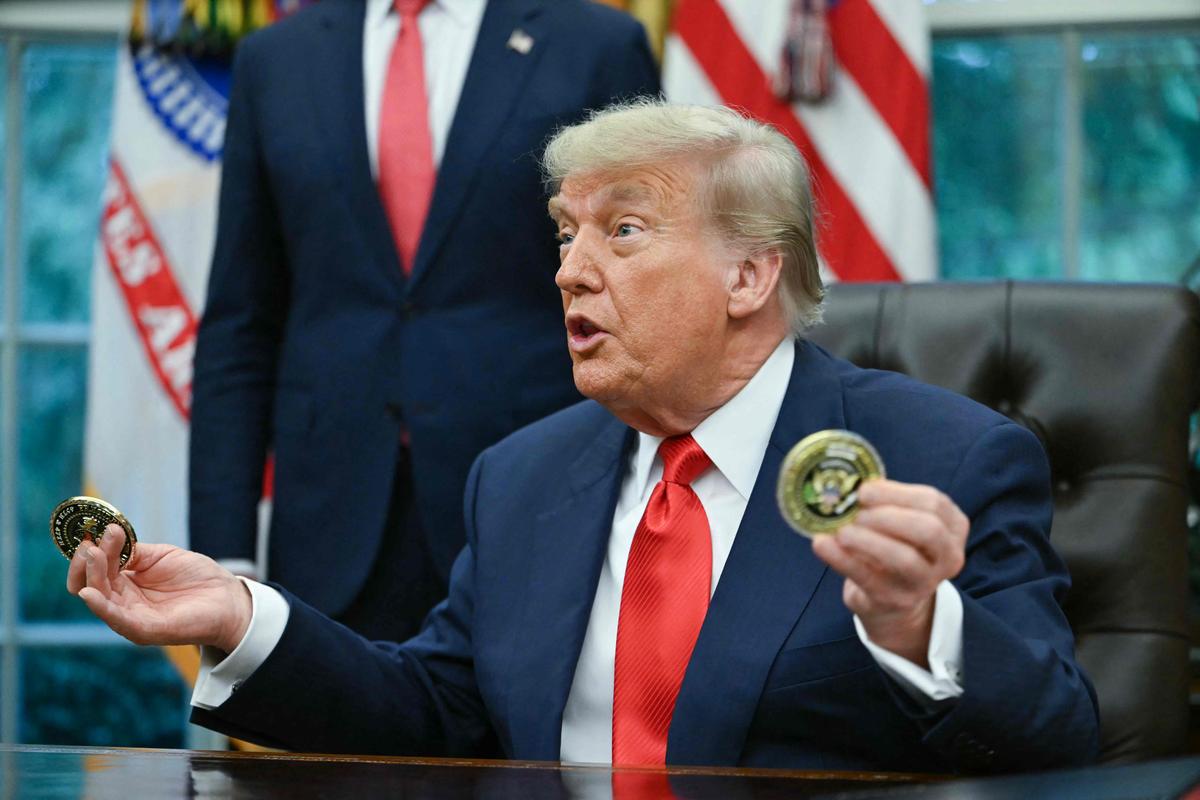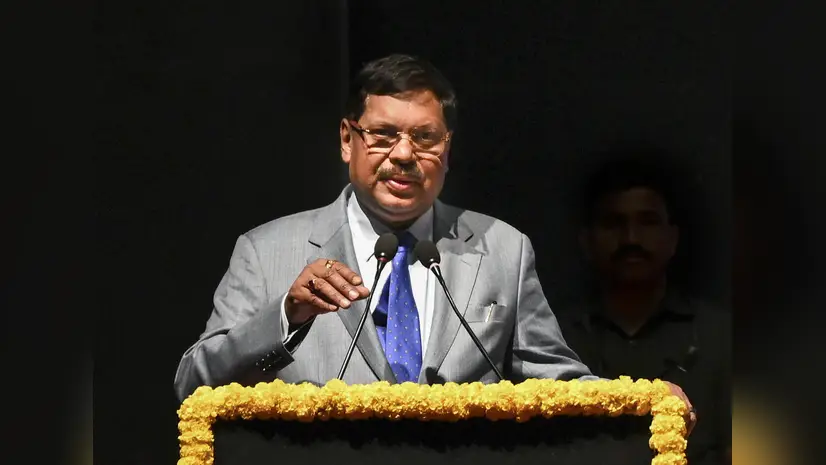- Courses
- GS Full Course 1 Year
- GS Full Course 2 Year
- GS Full Course 3 Year
- GS Full Course Till Selection
- Answer Alpha: Mains 2025 Mentorship
- MEP (Mains Enrichment Programme) Data, Facts
- Essay Target – 150+ Marks
- Online Program
- GS Recorded Course
- Polity
- Geography
- Economy
- Ancient, Medieval and Art & Culture AMAC
- Modern India, Post Independence & World History
- Environment
- Governance
- Science & Technology
- International Relations and Internal Security
- Disaster Management
- Ethics
- NCERT Current Affairs
- Indian Society and Social Issue
- NCERT- Science and Technology
- NCERT - Geography
- NCERT - Ancient History
- NCERT- World History
- NCERT Modern History
- CSAT
- 5 LAYERED ARJUNA Mentorship
- Public Administration Optional
- ABOUT US
- OUR TOPPERS
- TEST SERIES
- FREE STUDY MATERIAL
- VIDEOS
- CONTACT US
India, UAE Hold Talks to Advance Middle East-Europe Economic Corridor
India, UAE Hold Talks to Advance Middle East-Europe Economic Corridor
21-05-2024

India recently sent a delegation to the United Arab Emirates (UAE) for the first time to engage in discussions with key entities regarding the India-Middle East-Europe Economic Corridor (IMEEC).
Background on IMEEC:
- Announcement:
- IMEEC was announced on the sidelines of the G20 meeting in New Delhi.
- A memorandum of understanding (MoU) was signed between the European Union and 7 countries: India, the US, Saudi Arabia, the UAE, France, Germany, and Italy.
- Purpose:
- To provide a reliable and cost-effective cross-border ship-to-rail transit network, supplementing existing maritime routes.
- To aim for increased efficiency, reduced costs, secured regional supply chains, enhanced trade accessibility, improved economic cooperation, job creation, and reduced greenhouse gas emissions.
- Corridor Structure:
- IMEEC comprises 2 separate corridors:
- The east corridor connects India to the Gulf.
- The northern corridor connects the Gulf to Europe.
- IMEEC comprises 2 separate corridors:
- Connectivity Details:
- The corridor will include:
- A shipping route connecting Mumbai and Mundra (Gujarat) with the UAE.
- A rail network connecting the UAE, Saudi Arabia, and Jordan with the Israeli port of Haifa, reaching the Mediterranean Sea.
- Haifa will be connected by sea to the port of Piraeus in Greece and eventually to Europe.
- The corridor will include:
- Beyond Transport:
- In addition to transport infrastructure, the corridor will involve:
- Undersea cables to facilitate data exchange.
- Long-distance hydrogen pipelines to support climate and decarbonization goals.
- In addition to transport infrastructure, the corridor will involve:



